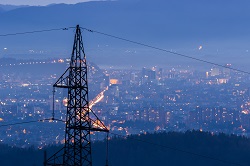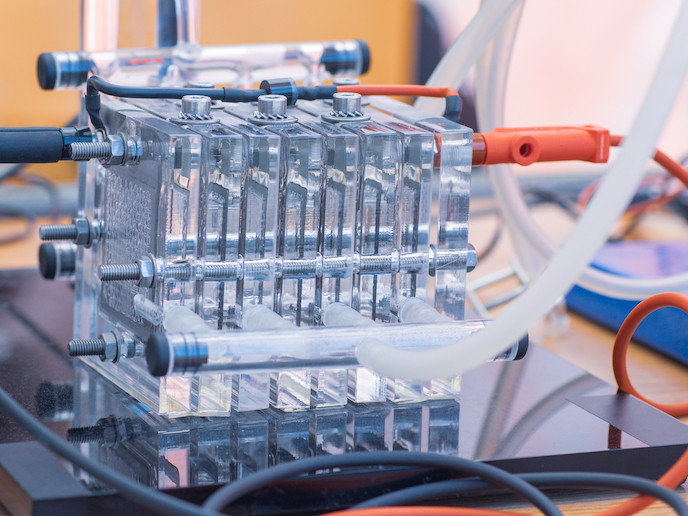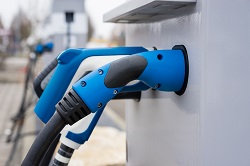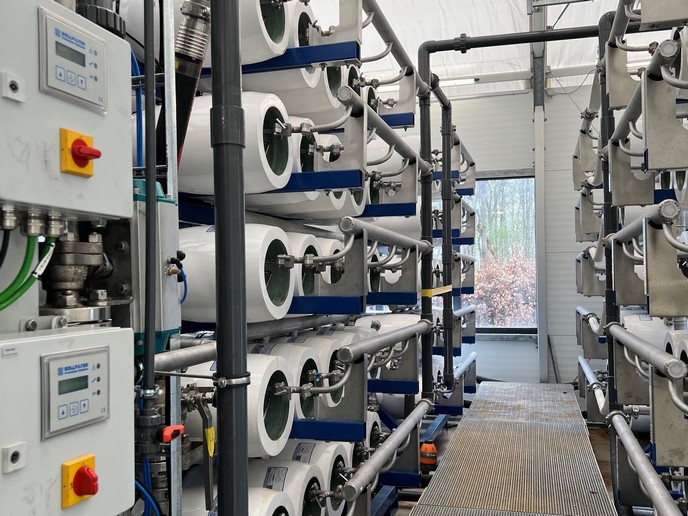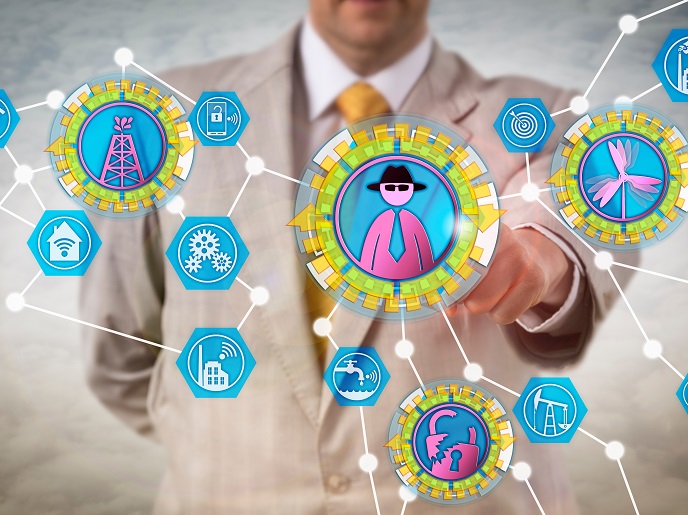A heterarchical management approach to smarter energy grids
The DREAM promise consisted of two aspects: a stable and cost-effective integration of distributed renewable energy sources in existing networks, and more involvement of end-users eager to rationalise their energy use from an economic and ecological point of view. All this, with a smooth transition and at the lowest possible cost. To reach this ambitious objective, the consortium opted for a ‘heterarchical’ management approach that it hopes will appeal to DSOs. Under this system, 'advanced Remote Terminal Units' (aRTUs) connected to a larger control centre enable decisions to be made locally, allowing in turn for more flexibility in voltage management, optimal power flow, reconfiguration, etc. As Raphael Caire, coordinator of the project and associate professor at Grenoble Institute of Technology explains, there are three key arguments in favour of such a heterarchical approach. It enables global network optimisation by aggregating local needs; it allows distribution feeder automation closer to the whereabouts of the resources at lower cost; and it saves DSOs the cost of very expensive distribution management systems, where a central server has to account for all flexibilities required at the local level. ‘The project consisted of two major parts,’ he explains. ‘The first was to create a framework for distribution network management with solutions ranging from day-ahead to real-time control in case of emergencies. The second was to engineer the necessary hardware (the aRTUs) with a built-in virtual machine capable of running a part of this framework.’ Over their three years of intensive work, the consortium tested different solutions at five different trial sites, in the lab (in the Netherlands and France), with a single-user DSO (the Malpensa airport) and with an 800 000 and an 8 million-DSO respectively in France and Greece. ‘Various scenarios involving congestion management, voltage profile mitigation and self-healing automatic restoration after a fault have been tested along with interactions between them,’ Caire says. ‘These pilots showed us that deciding to distribute software between the aRTUs was a good call. This actually helps to validate energy and capacity offering by pulling low voltage and overcurrent bids (what the Decentralised Energy Resources expect to consume or produce) to the primary sub-station.’ The resulting system has been designed to be plug-and-play so as to reduce development time for DSOs to the strict minimum, which Caire hopes will convince DSOs to opt for the DREAM system. ‘We need to convince traditional DSOs immersed in the culture of centralised systems and notably ease their concerns related to cyber-security. From their understanding, it is more difficult to protect a distributed architecture than a centralised one. But the truth is that feeder automation, when compared to the DMS/SCADA approach, is more robust as its central point is less critical. With DMS/SCADA, control centre failure puts the whole system in jeopardy. A distributed approach, on the other hand, gives more robustness to the entire system. Cyber-security is of course always an issue, but solutions exist and research on critical infrastructure protection is only in its early stages.’ With the project now completed, the consortium will focus on fine-tuning the system before proceeding to dissemination and tests at a larger scale.
Keywords
DREAM, energy grid, electricity, heterarchical, DSO, network



